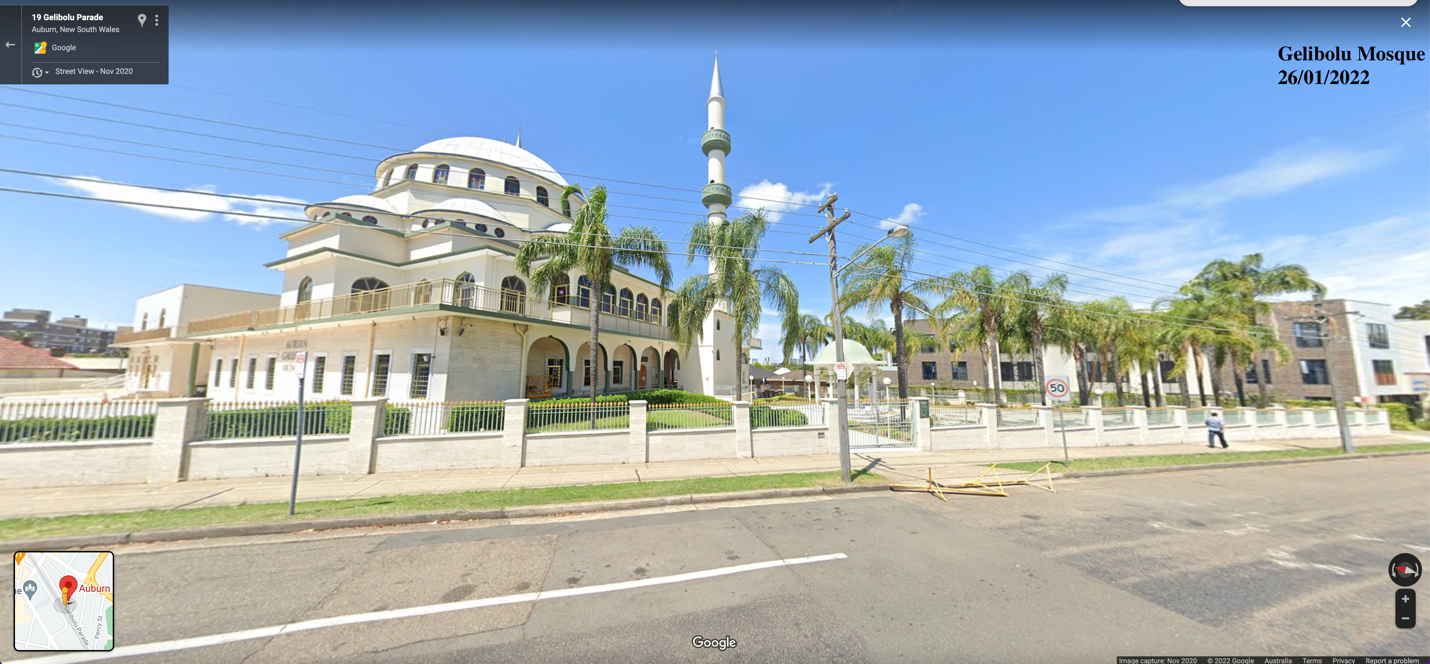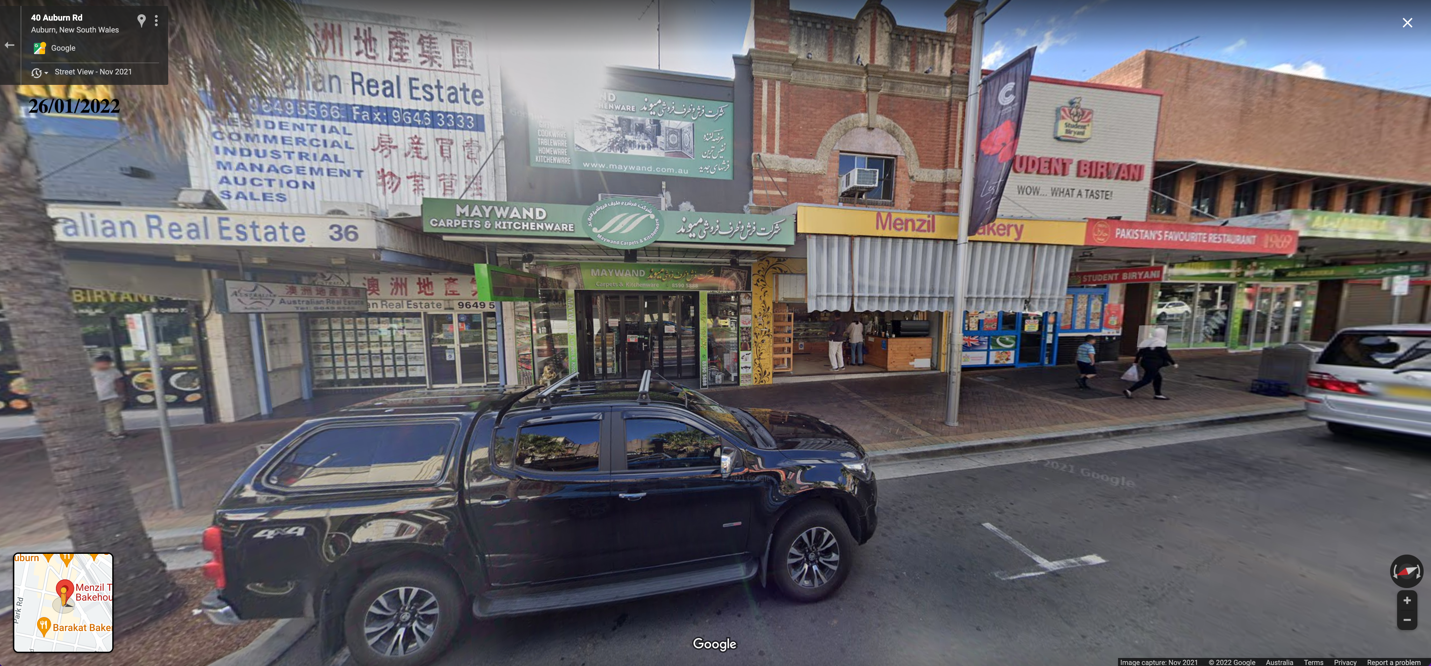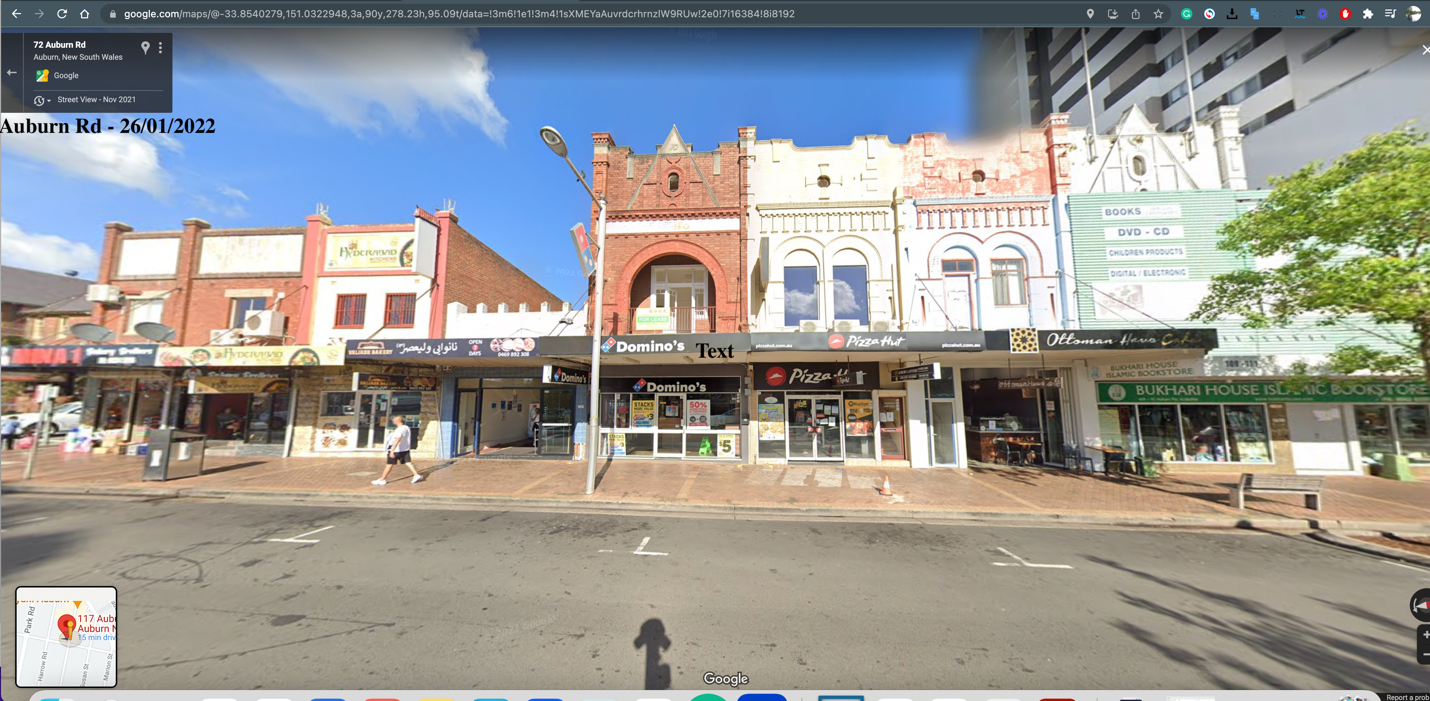After the official approval of multiculturalism as a state policy in Australia, the state bodies responsible for its maintenance and development were created and then repeatedly reformed. The example of Sydney shows that the condition for the successful implementation of the multiculturalism policy is not only timely and effective government efforts but also the maturity of civil society. However, there are also challenges associated with miscommunication and stereotyping.
Australia has always been different from European countries in its approach to its immigrant policy. Today’s Sydney is also socially very different from a major European city when it comes to multiculturalism, and the Australian model is still considered a benchmark for other states. Politicians such as David Cameron and Angela Merkel have declared “multiculturalism” a failure in Europe (Boese & Marotta, 2019). In general, several main reasons contribute to Australia’s and, in particular, Sydney’s success.
The first reason for the success of Sydney multiculturalism is its long history. Until the 1970s, Australia pursued a racist immigration approach called “White Australia Policy” (Boese & Marotta, 2019). Until the Second World War, only white Europeans immigrated to Australia. However, even among these immigrants, there were significant ethnic and religious conflicts, which were surprisingly well solved in Sydney.
It may also be due to the great distance that the expectations in Sydney were utterly different. Once one has legally immigrated to Australia, one should also become part of Australia. This was both official government policy and the expectation of the populace, which in turn was met by the immigrants. This is supported, for example, by the fact that mixed marriages between different population groups are the rule and not the exception. It can also be observed that the separating features become blurred over time. Of the Greek immigrants, 90 percent have initially been Greek Orthodox (Papadelos, 2020). In the second generation of Greeks in Sydney, it was only 82 percent, in the third generation – only 45 percent of Greek Orthodox (Papadelos, 2020). Ethnic enclaves that had existed among first-generation immigrants also dissolved. Their children then lived in the suburbs, as well as the children of native Australians. The fact that English had already become the lingua franca in the second generation made a decisive contribution to this.
Thus, Sydney is differentiated by the benefit of cultural sharing. One can observe it when passing by a picturesque mosque (Fig. 1), which is considerable in its size and the emphasized authenticity in comparison with the ones in most European countries. The mosque evidently plays an integral part in the Muslim population’s life in Sydney (Knijnik & Spaaij, 2017). This gives an idea of how equal cultures and religions are treated in the city. Moreover, people are aware of the differences and are constantly reminded that there should be no discrimination or intolerance (Elias et al., 2020). As a result, ethnicities can openly share their cultural peculiarities, traditions, and beliefs since those are not stigmatized.

The second reason for the functioning multiculturalism lies in the receptiveness of the local population, whose moral values are based on a growing experience of integration. When millions of Europeans immigrated to Australia after World War II, they were welcomed by the Australian government as “New Australians”. The contrast to Germany, for example, could not be more significant. The Italians, Spaniards, and Turks who immigrated to West Germany were not “New Germans” but guest workers. They were explicitly not supposed to fit into society but return to their home countries as soon as possible after the work was done.
Therefore, all ethnicities and their languages are essential within the Australian multicultural framework. In Sydney, one will inevitably notice the diversity of signboards in English, Arabic, Indian, and many others (Chik et al., 2018). In pictures 2 and 3, there is a representation of these concepts. Old classical buildings are intertwined with modern houses, and from everywhere, one can see announcements and signs for different target audiences. Here are a European restaurant, a Turkish carpet shop, and a real estate agency for Chinese-speaking people. People of “other” ethnic groups are not being isolated (Alian & Wood, 2019). At least at first glance, it seems that everyone is welcome in Sydney, regardless of language or preferred cuisine.


The third reason for Australia’s successful integration is primarily the immigrants who flowed into the country after the end of the “White Australia Policy”. Precise requirements have been formulated for these immigrants. Language skills were essential, school and professional qualifications improved the chances of a residence permit. In this way, Australia specifically sought out immigrants with the potential for success. Thus, now these immigrants have lower crime rates than the indigenous population. It is no coincidence that they achieve better results in the labor market and that their children achieve better educational success than native Australians. Precisely those people were brought into the country from whom exactly these results could be expected.
Australia had practically picked the raisins from the pool of people willing to migrate around the world. However, potential migrants who were primarily interested in migrating into a social system tended to go not to Australia but to Europe (Hussein & Poynting, 2017). The youngest Asian immigrant groups in Australia have made a name for themselves for their will to climb the social ladder, which unfortunately cannot be said of many migrants in Germany, who arrange themselves quite well in the safety net of the welfare state.
However, the most painful problem facing modern multicultural Sydney is the growing and sometimes hostile alienation of the Anglo-Celtic, or even more broadly, the European majority and the Muslim minority. Very often and without sufficient grounds, this problematic situation is considered in the categories of “intolerant majority” and “discriminated minority” (Boese & Marotta, 2019). However, reality refutes such a primitive approach: Sydney Muslims are a community that, after the Gulf War of 1991 and the events of September 11, contrasted their vision of these events with the public assessment (Abdel-Fattah, 2017). Thus, there are several sensitive topics in Sydney’s policymaking and multiculturalism.
Certainly, it is important not to identify Muslim culture with its radical terrorist elements, which provoked several terrorist attacks in Sydney. However, if the city is faced with such a problem, perhaps the Australian model of multiculturalism is not ideal and also has drawbacks (O’Hanlon & Stevens, 2017). In the end, along with the representation of different cultures, it is challenging to maintain pluralism and evenly take into account all opinions when making state-important decisions. This means that the division into cultural layers in this sense is fraught with risks.
Reference List
Abdel-Fattah, R. (2017). Islamophobia and everyday multiculturalism in Australia. Taylor & Francis.
Alian, S., & Wood, S. (2019). Implosive multiculturalism: Staging of the community in Bankstown, Sydney.Space and Culture, 24(4), 530–549. Web.
Boese, M., & Marotta, V. (2019). Critical reflections on migration, “race” and multiculturalism: Australia in a global context (1st ed.). Routledge.
Chik, A., Benson, P., & Moloney, R. (2018). Multilingual Sydney (1st ed.). Routledge.
Elias, A., Mansouri, F., & Sweid, R. (2020). Public attitudes towards multiculturalism and interculturalism in Australia.Journal of International Migration and Integration, 22(3), 1063–1084. Web.
Hussein, S., & Poynting, S. (2017). ‘We’re not multicultural, but….’Journal of Intercultural Studies, 38(3), 333–348. Web.
Knijnik, J., & Spaaij, R. (2017). No harmony: Football fandom and everyday multiculturalism in Western Sydney.Journal of Intercultural Studies, 38(1), 36–53. Web.
O’Hanlon, S., & Stevens, R. (2017). A nation of immigrants or a nation of immigrant cities? The urban context of Australian multiculturalism, 1947–2011. Australian Journal of Politics & History, 63(4), 556–571. Web.
Papadelos, P. (2020). “Greeks are different to Australians”: Understanding identity formation among third-generation Australians of Greek heritage. Ethnic and Racial Studies, 44(11), 1975–1994. Web.